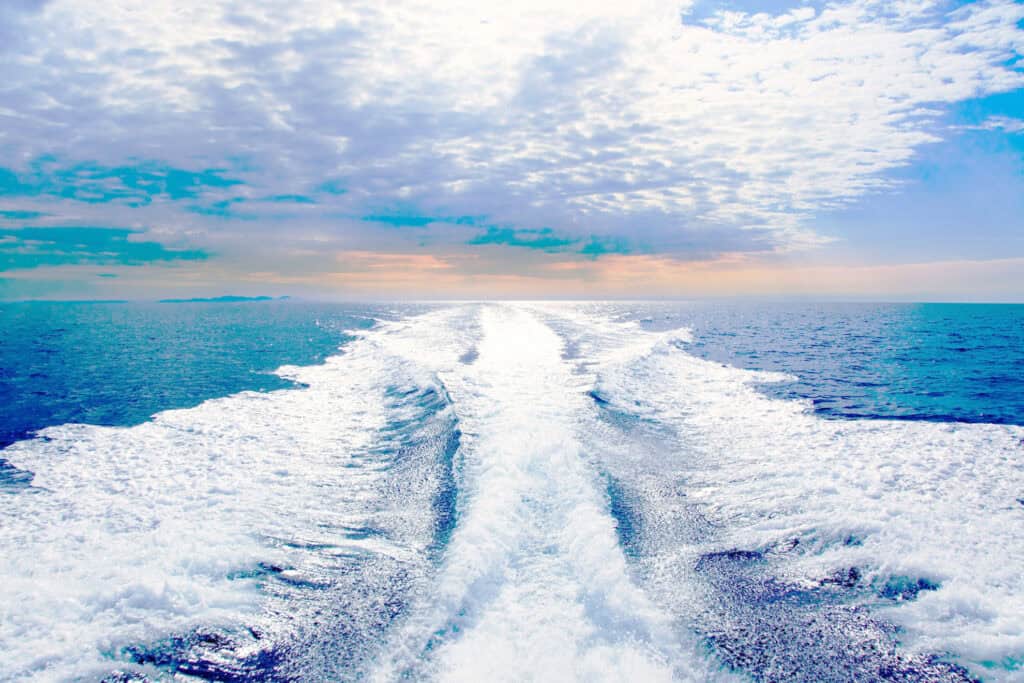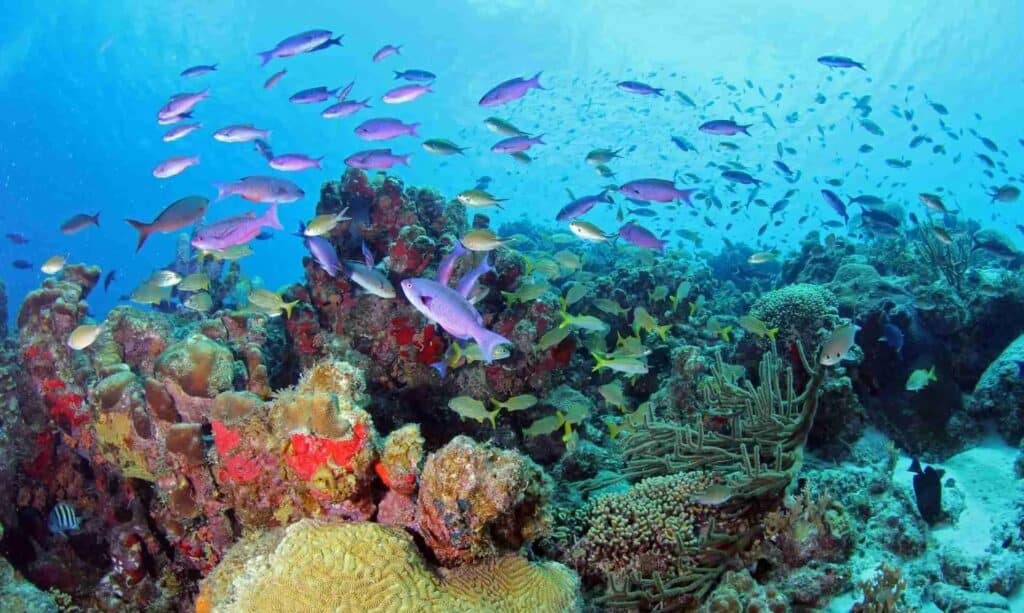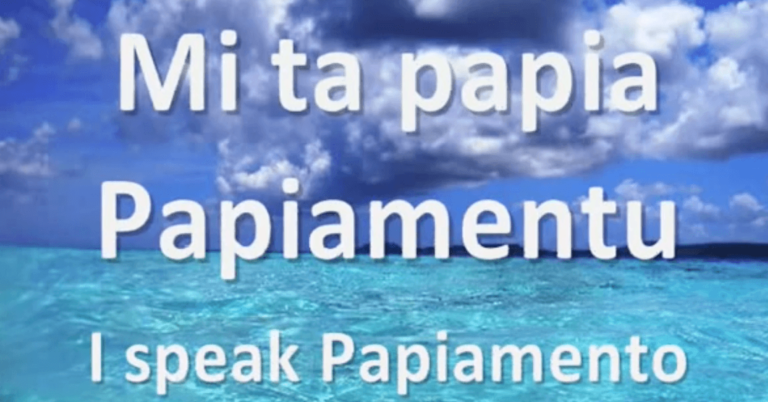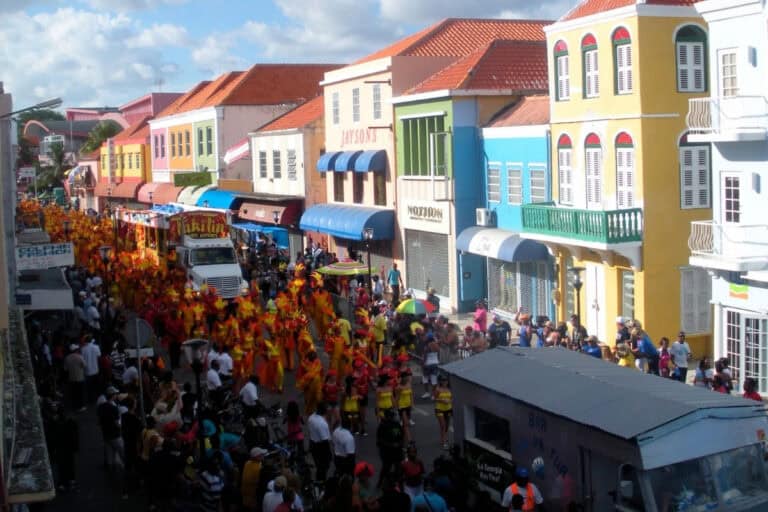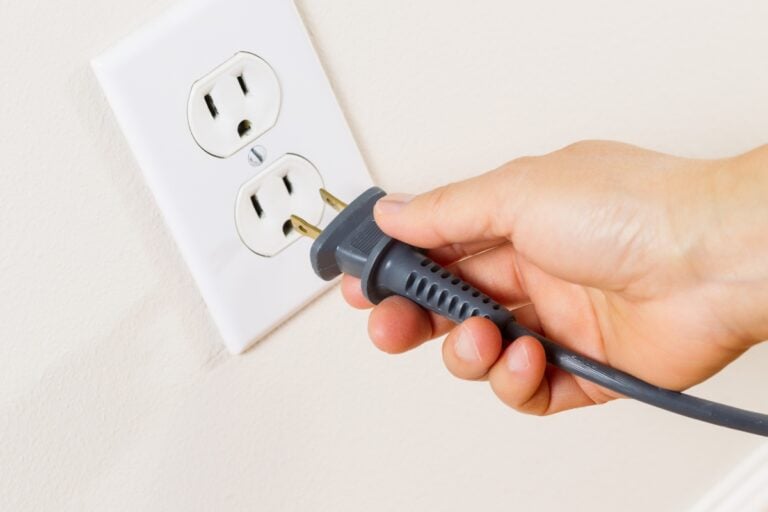
Exploring the coral reefs Curacao has to offer
Exploring the coral reefs Curacao has to offer
What makes the underwater landscapes around this Caribbean island so exceptional for marine enthusiasts and conservation-minded travelers?
Why Curacao’s reefs deserve your attention
The coral reefs Curacao protects represent some of the healthiest Caribbean reefs in the region, thriving despite widespread coral bleaching affecting other tropical destinations. You’ll discover an extensive fringing reef system that encircles much of the island’s coastline, creating spectacular underwater sights just steps from shore. Popular dive sites showcase diverse coral species ranging from massive Grooved Brain Coral formations to delicate Acropora structures, all supporting vibrant marine ecosystem communities.
What sets these reefs apart is the combination of consistent trade winds and protective coastal geography that maintains ideal water flow conditions year-round. Organizations like Reef Renewal Foundation Curaçao, SECORE International, and the Carmabi Marine Research Station actively work on restoration projects to repair degraded reef sites and combat threats from coastal development and climate change. During coral spawning season, you might even witness the magical reproductive event that researchers track using sophisticated Coral Spawning Prediction tools.
Whether you’re snorkeling at shallow reef communities or diving the dramatic reef drop-off zones, the coral reefs Curacao maintains offer unparalleled access to thriving sea life. Remote locations like Klein Curacao provide pristine encounters with healthy reefs far from shore, while accessible sites support sustainable dive tourism that funds ongoing conservation efforts.

Luxury car rentals in Curaçao
Experience transparent pricing and exceptional service with Rent Car Curaçao. Choose from luxury vehicles elevate your Curaçao adventure.
Understanding the threats and protection of Curacao’s marine habitats
While Curacao’s underwater environments remain relatively robust compared to other tropical destinations, they face mounting pressures that require active intervention and informed visitor participation.
Natural and human-induced challenges facing reef systems
Rising water temperatures triggered by climate change pose the greatest long-term threat to coral communities, though Curacao’s reefs have shown remarkable resilience compared to other regions. Historical events like Hurricane Lenny in 1999 caused significant reef damage through storm surge and wave action, destroying coral structures and leaving behind scattered coral skeletons. Ongoing coastal development increases sediment runoff that smothers coral polyps, while certain diseases including white-band disease have impacted Acropora populations across the Caribbean. The combined effect of these stressors contributes to marine ecosystem degradation at vulnerable sites, making restoration work essential for maintaining healthy reefs.
Active restoration initiatives and scientific partnerships
Multiple organizations coordinate restoration efforts using innovative techniques to rebuild degraded reefs. Reef Renewal Curaçao operates coral nurseries in the mid-water column where fragments grow before transplantation to degraded reef sites. SECORE International works with marine biologists to collect coral spawn during reproductive events, using specialized collection tubes to capture gametes for laboratory rearing. The SEA LIFE Trust has introduced geodesic structures known as coral arks that protect young colonies, while San Diego State University researchers deploy Autonomous Reef Monitoring Structures and equipment like the Nortek Eco current profiler to track water flow and marine currents. Scientists have successfully cultivated juvenile Grooved Brain Corals on tetrapod plates, demonstrating promising sustainable coral restoration methods.
Policy frameworks and institutional support
The Waitt Institute partnered with local authorities to develop the Blue Halo Curaçao initiative, a comprehensive ocean management framework adopted by the Parliament of Curacao. This Sustainable Ocean Policy establishes science-based guidelines for protecting marine habitat types throughout the Dutch Caribbean. The Carmabi Marine Research Station serves as a central hub for ongoing studies, while research collaborators conduct socioeconomic interviews to understand how conservation efforts impact local communities. Regular nursery/restoration site survey work tracks coral cover percentages and monitors the health of transplanted colonies.
How visitors contribute to reef protection
You can actively participate in marine conservation through several programs designed for tourists. The Adopt A Coral program lets you sponsor individual coral colonies and receive updates on their growth, while sustainable diving practices taught by certified SCUBA instructors minimize physical contact with fragile structures. Many dive centers offer training dives where you learn proper buoyancy control and reef-safe anchoring techniques. Join educational events hosted by marine organizations to understand the restoration process firsthand, or participate in citizen science projects that document marine species and track changes in reef communities. The growing sustainable dive tourism movement ensures your visit financially supports ongoing protection work while minimizing environmental impact.
Exploring the coral reefs Curacao has to offer - FAQ
What role does the Coral Reef Restoration Team Curacao play in reef conservation?
The Coral Reef Restoration Team Curacao coordinates volunteer dive community members who assist with hands-on restoration work at various sites around the island. This grassroots organization brings together recreational divers, dive centers, and local residents to participate in coral transplantation activities and monitoring programs. Through community engagement initiatives, the team educates visitors about proper reef interaction while providing opportunities to contribute directly to restoration outcomes. Their work complements larger institutional efforts by mobilizing citizen scientists and fostering long-term stewardship among both residents and tourists who want to make tangible conservation contributions during their visit.
How do fossilized coral formations reveal Curacao's geological history?
Ancient fossilized coral formations visible along rocky cliffs throughout the island provide evidence of historical sea levels and climate conditions dating back millions of years. These elevated limestone structures, composed of ancient coral skeletons, demonstrate how tectonic activity lifted former barrier reefs above current water levels. Geologists study these formations to understand past marine habitat types and predict how modern reefs might respond to changing environmental conditions. You can observe these geological features at locations like Shete Boka National Park, where wave-carved coastal terraces showcase layer upon layer of prehistoric coral growth patterns accessible without diving equipment.
What ecological benefits do restored reefs provide to Curacao's coastal communities?
Healthy reef systems deliver substantial ecological benefits including shoreline protection from storm surge, fisheries support for local food security, and tourism revenue through dive operations. The restoration process enhances these natural services by increasing coral cover at degraded reef sites, which stabilizes sediments and creates habitat for commercially important marine species. Scientific studies tracking restoration outcomes measure improvements in fish populations, water clarity, and structural complexity. Beyond environmental gains, successful projects provide employment opportunities for marine biologists, boat operators, and tourism professionals while strengthening the island’s reputation as a leader in Caribbean marine conservation and sustainable coral restoration methods.
How does Curacao's location protect it from certain Caribbean threats?
Curacao’s position in the southern Caribbean places it outside the primary hurricane belt, with consistent trade winds providing natural cooling that moderates water temperatures compared to more northern destinations. This geographic advantage helped the island’s reefs largely avoid the widespread devastation from repeated major hurricanes, though Hurricane Lenny in 1999 demonstrated that even this protected location faces occasional severe weather events. The steady wind patterns also maintain beneficial water flow across reef systems, preventing stagnant conditions that contribute to disease outbreaks. Researchers using instruments like the Nortek Eco current profiler document how these marine currents distribute nutrients and larvae, supporting reef resilience despite broader regional challenges.
What historical factors influenced Curacao's coastal development patterns?
The island’s strategic importance during the slave trade era established Willemstad as a major Caribbean port, with fortifications and warehouses concentrated around natural harbors. This historical coastal development left some nearshore areas with limited reef growth due to centuries of maritime activity, though many sites have recovered. Understanding this history helps explain why certain coastal sections feature degraded reef sites requiring active restoration, while more remote stretches maintain pristine conditions. The Dutch Caribbean colonial legacy also established land-use patterns that continue influencing modern conservation policy, with organizations working to balance development pressures against the economic value of healthy marine ecosystems that attract sustainable tourism.
Which specialized equipment do researchers use to monitor reef restoration success?
Scientists deploy Autonomous Reef Monitoring Structures equipped with sensors, cameras, and measurement devices to track environmental conditions and biological changes at restoration sites. These systems record data on water flow, temperature fluctuations, and coral cover percentages without requiring constant human presence. Specialized tools like collection tubes capture coral spawn during reproductive events, while tetrapod plates provide stable substrates for attaching juvenile Grooved Brain Corals and other species. The marine research center facilities process this information to evaluate which techniques prove most effective at different sites, adjusting approaches based on measurable outcomes and sharing findings with international research collaborators working on similar Caribbean restoration initiatives.
How do geodesic coral arks function in reef restoration projects?
These innovative geodesic structures serve as protective coral arks that shield developing coral colonies from predation, wave damage, and other threats during vulnerable early growth stages. The SEA LIFE Trust introduced these engineered frameworks designed to create optimal marine habitat types by controlling light exposure, water circulation, and settlement surfaces. Once colonies reach sufficient size and resilience, biologists transplant them to permanent locations on natural reef structures. This nursery approach dramatically improves survival rates compared to direct transplantation of tiny coral fragments, allowing restoration teams to scale up their efforts and rehabilitate larger areas of degraded reefs more efficiently than traditional methods permitted.
What makes Klein Curacao's reefs particularly significant for conservation?
The uninhabited island of Klein Curacao hosts some of the region’s most pristine reef communities due to its remote location and minimal human impact. These undisturbed sites serve as reference ecosystems that scientists study to understand how healthy reefs function without the stressors affecting nearshore locations. The dramatic reef drop-off surrounding Klein features exceptional coral species diversity and structural complexity, providing baseline data for evaluating restoration success at mainland sites. Day-trip visitors can observe these thriving systems while supporting sustainable dive tourism operators who follow strict protocols to prevent reef damage and maintain the location’s ecological integrity for ongoing research and future generations.
How do socioeconomic studies inform Curacao's marine conservation policies?
Researchers conduct socioeconomic interviews with fishermen, dive operators, coastal residents, and tourism businesses to understand how marine resource management affects island livelihoods. These studies helped shape the Blue Halo Curaçao initiative by identifying stakeholder concerns and economic dependencies on marine ecosystem health. The Waitt Institute integrated this community input with scientific data when developing the Sustainable Ocean Policy framework adopted by the Parliament of Curacao. This comprehensive approach ensures conservation measures provide ecological benefits while supporting economic stability, creating local buy-in for regulations that might otherwise face resistance. Ongoing monitoring tracks whether policies achieve intended outcomes for both natural systems and human communities.
What training opportunities exist for visitors interested in reef restoration work?
Multiple organizations offer training dives where recreational divers learn coral propagation techniques, monitoring protocols, and proper handling methods under supervision of experienced marine biologists. The Reef Renewal Foundation Curaçao conducts regular educational events covering restoration science, while some dive centers provide specialty courses in coral identification and reef ecology. Visitors can participate in nursery/restoration site survey activities that contribute real data to ongoing projects, with SCUBA instructors ensuring proper techniques that prevent accidental damage. These programs transform standard dive vacations into meaningful marine conservation experiences, allowing you to develop new skills while directly supporting the health of Caribbean reefs through hands-on participation in active restoration efforts.
Discover the Wonders
of Klein Curaçao
Experience the untouched beauty of Klein Curaçao, a hidden paradise with stunning beaches and rich marine life. Perfect for snorkeling, diving, or simply relaxing in the sun.
Popular subjects
Luxury car rentals in Curaçao
Experience transparent pricing and exceptional service with Rent Car Curaçao. Choose from luxury vehicles elevate your Curaçao adventure.
Subscribe to our newletter
Discover the Wonders of Klein Curaçao
Experience the untouched beauty of Klein Curaçao, a hidden paradise with stunning beaches and rich marine life. Perfect for snorkeling, diving, or simply relaxing in the sun.

